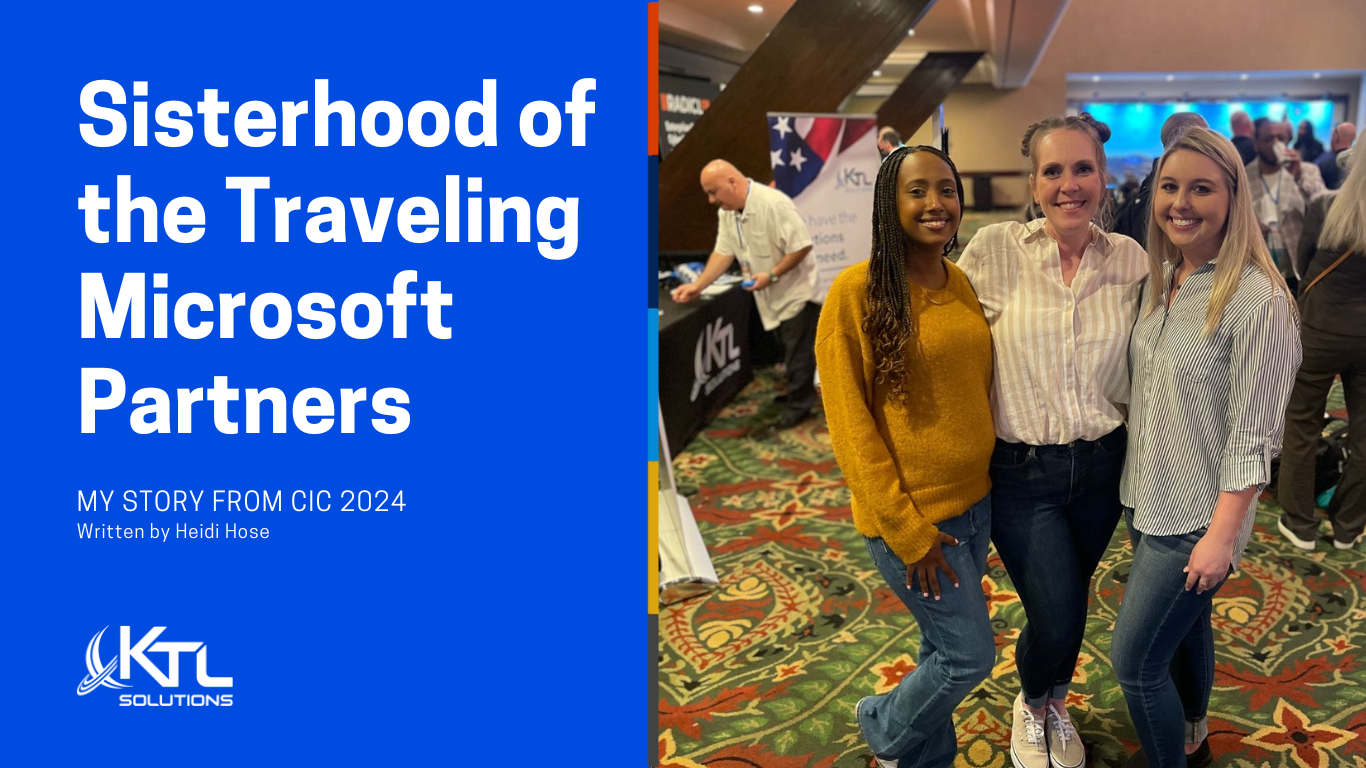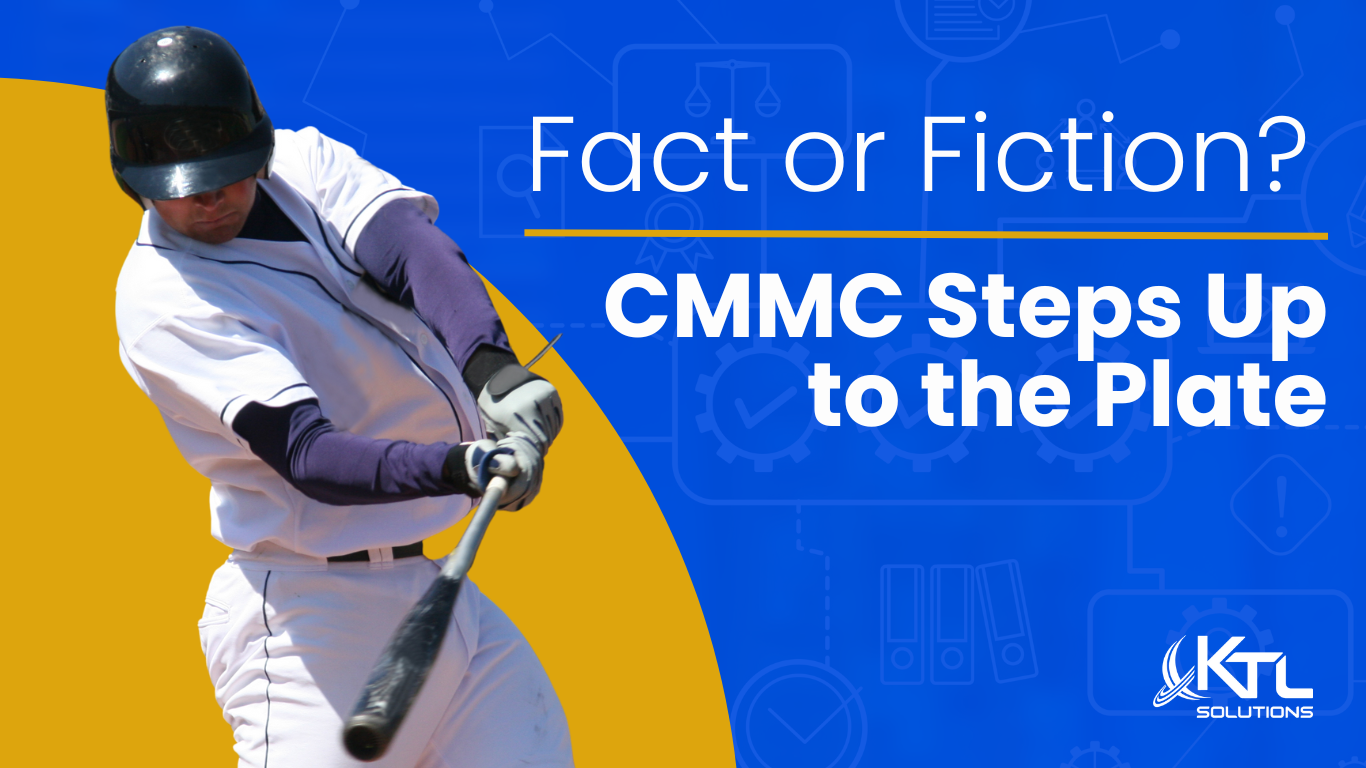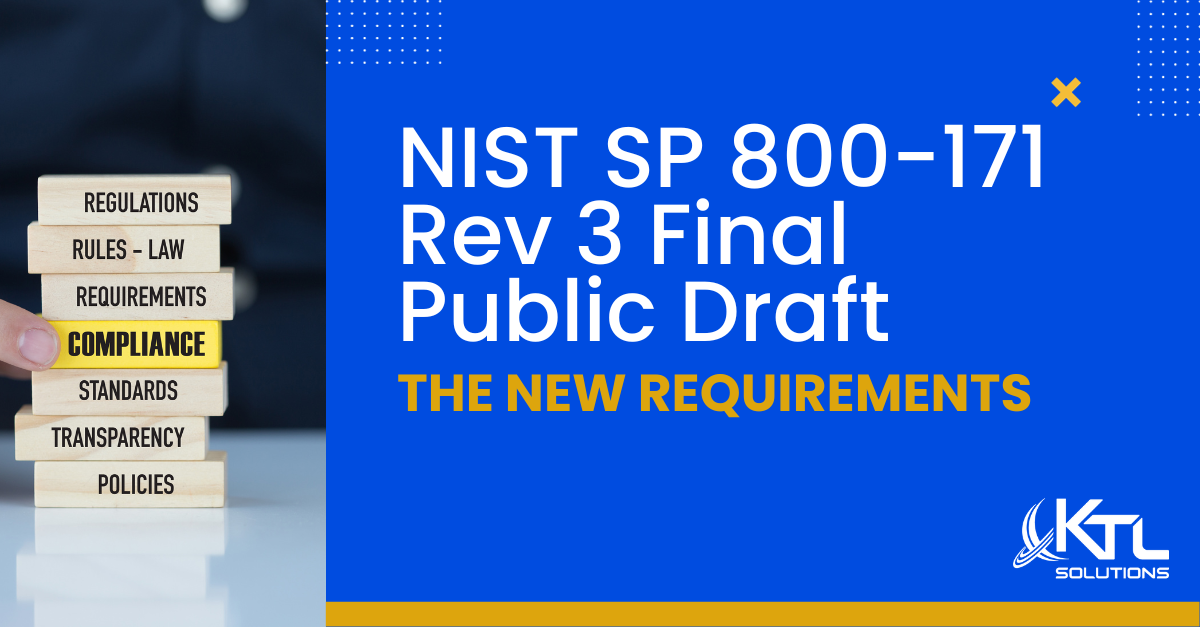This blog is designed to help new MS Dynamics GP users become acquainted with the bank statement reconciliation process including checkbook and general ledger. Advanced GP users can also benefit from reading this blog and refreshing their skills with bank statement reconciliation process in MS Dynamics Great Plains.
The first step in reconciling your bank statement is going to Transactions > Financial > Reconcile Bank Statement window and complete a reconciliation process. To complete your reconciliation enter appropriate dates in the bank statement ending date and cutoff date, bank statement ending balance, and selecting the checkbook ID that is assigned to a certain bank account.
Next, a user will click on the ‘Transactions’ button and begin to reconcile the deposits, withdraws, and checks against the bank statement sent by the bank. The user then will press the ‘Reconcile’ button if the difference field on this window is zero. “Reconcile” process updates Bank Reconciliation, General Ledger, and the checkbook balance.
Once a reconciliation process has been completed by the user, the next step is to compare ending balances in the checkbook and the general ledger account that is assigned to the corresponding checkbook. To find out which general ledger account is assigned to the checkbook, simply go to Cards > Financial > Checkbook and select a checkbook.
In the above example, the UPTOWN TRUST checkbook is assigned to the general ledger account 000-1100-00. So, a GP user would need to check the ending balances in both the checkbook balance and general ledger inquiry windows to make sure the closing balances match. Go to Inquiry > Financial > Summary and bring GL account 000-1100-00 to the screen. Next, go to Inquiry > Financial > Checkbook Balance and bring the checkbook balance detail to the screen. Make sure to enter the ending date of the reconciliation and click ‘Redisplay’ button to see the current closing month balance. (See an example below).
As you can see from the above picture, the ending January, 2014 balances match. But, what would happen if the checkbook ending balances don’t agree to the ending balance of the general ledger?
In this situation, the GP user would need to review the details of their checkbook transactions. Most likely, the discrepancies would be found in the checkbook. In the example below, the checkbook ending balance is higher than the general ledger balance by $75.45. To find where the $75.45 came from, simply scroll through the current closing month details within the checkbook until the difference amount is found.
In this example, an increase adjustment entry was made to the checkbook, but not posted to the general ledger. To correct this mistake, go to Transactions > Financial > Batches and locate “unposted batch for $75.45”, select this batch for posting and click ‘Post’ button.
Always remember to check the ending balances in both your checkbook and general ledger accounts as soon as the bank statement reconciliation has been completed for the current closing month. Double checking ending cash balances can save time and avoid a confusion in the future months especially when a GP user’s checkbook and general ledger is out of balance by a significant amount of money. For more information or help with you bank statement reconciliation, contact a KTL consultant at 1.866.960.0001 or sales@ktlsolutions.com. You can also visit www.ktlsolutions.com for more informational blog postings on Microsoft Dynamics.



































